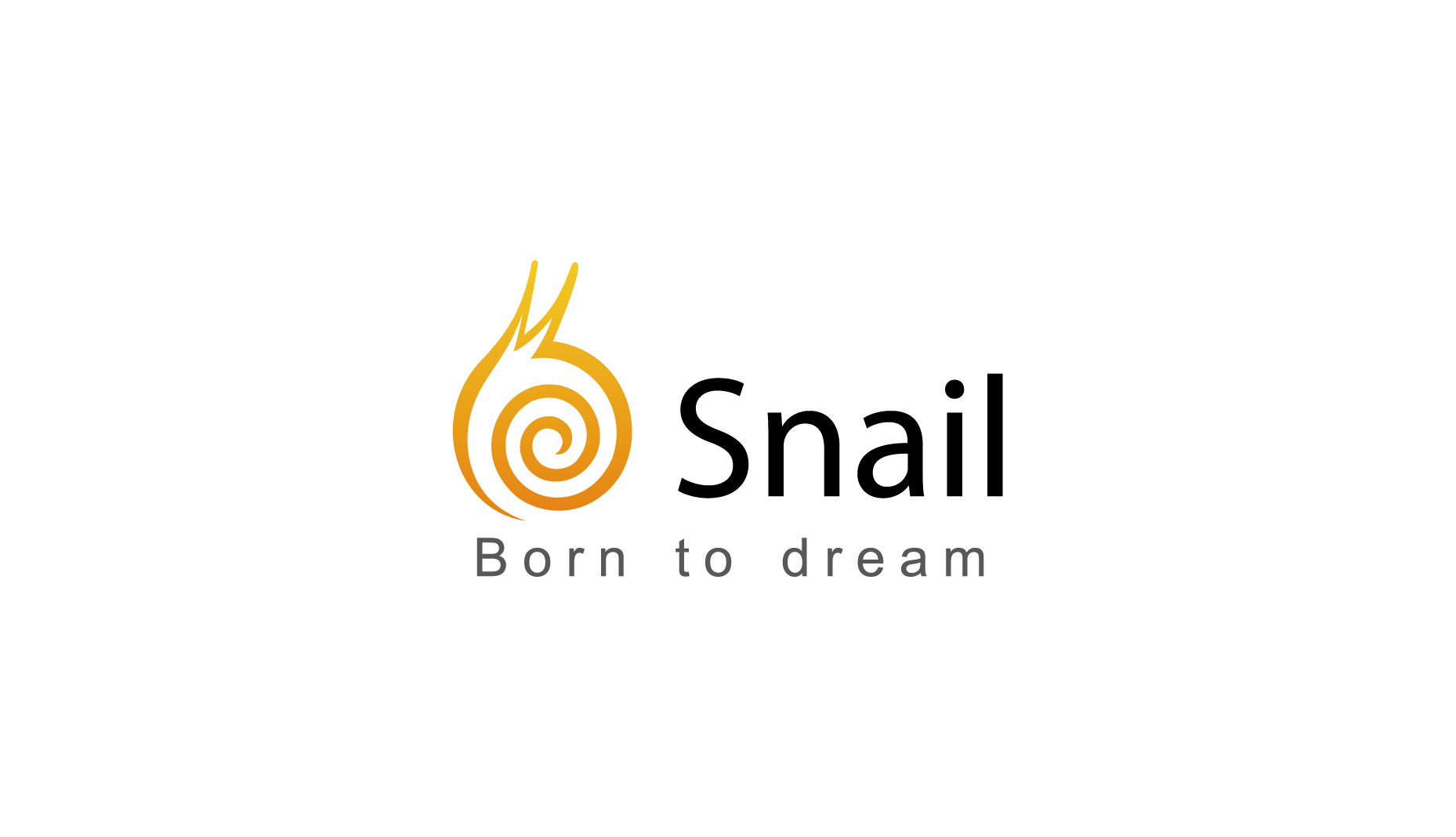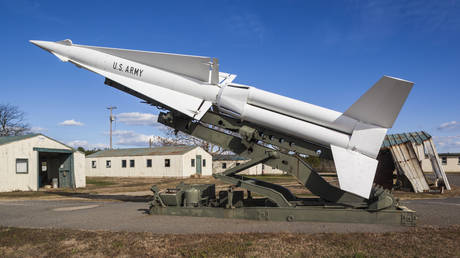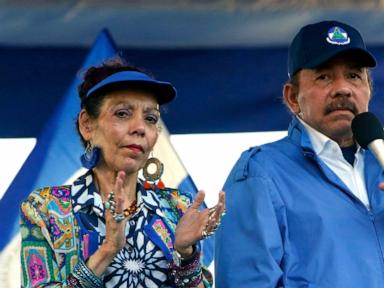ARTICLE AD BOX

- Chainlink and the Blockchain Association launch a state-by-state scorecard to evaluate blockchain and tokenization readiness.
- Texas, Arizona, and Utah top the list as blockchain policy trailblazers in the United States.
Chainlink has partnered with the Blockchain Association to launch the “Tokenized in America” initiative, highlighting how all 50 US states are approaching blockchain and asset tokenization.
More than just an interactive map, the project is actually a kind of “national report card” that assesses each state’s readiness to adopt this technology, from how pro-crypto local legislators are to whether they already hold Bitcoin as a strategic reserve.
Chainlink and @BlockchainAssn convened government and blockchain leaders in D.C. for Tokenized in America—a strategic event focused on advancing the next generation of U.S. financial innovation.
How Tokenized in America is paving the path to digital asset leadership ↓… https://t.co/A37LAsxXAk
— Chainlink (@chainlink) July 16, 2025
Surprising State Rankings Spark New Race for Blockchain Leadership
Divided into four categories: Trailblazer, Accelerator, Initiator, and Explorer, the results are quite surprising. Texas, Arizona, and Utah dominate the top spots. Even California and Wyoming, known as crypto pioneers, have to share the stage with North Carolina and New Hampshire.
Each score is based on six indicators: government blockchain projects, digital asset task forces, and membership in the North American Blockchain Association (NABA).
This initiative aims to encourage healthy competition between states. But not in the sense of elbowing each other, but rather opening up opportunities for industry collaboration with local policymakers.
Because, indeed, judging by global trends, tokenization adoption isn’t just about technology, but also about who understands the game the fastest. Interestingly, this map was released at a time when global attention was focused on the US, which is seeking a balance between regulation and innovation.
Chainlink CCIP Gains Momentum With Real-World Finance Use Cases
On the other hand, a few days earlier, the CNF highlighted Sei Network, which had integrated Chainlink CCIP, which enables fast and secure cross-chain asset transfers. CCIP alone currently protects over $18 trillion in on-chain value—an amount nearly equivalent to the total US GDP. Imagine it, like an international interbank network, but on Web3.
Shortly before, Spiko Finance also joined this trend. They integrated CCIP to ensure regulation-compliant tokenized asset transfers and automated KYC/AML checks. This means that tokenization is no longer just an idealistic idea for developers, but is entering the financial realm, which requires strict governance. Chainlink is at the center of it.
Meanwhile, the LINK token is also enjoying the spotlight. At the time of writing, LINK is trading at about $16.19, up 4.59% in the last 24 hours. The trigger was none other than the release of the “Tokenized in America” initiative, which solidified Chainlink’s position in the digital asset infrastructure landscape.
In fact, on July 15th, LINK broke through the upper Bollinger Band, reaching a market cap of $10.96 billion and recording a weekly increase of 14%.
However, will this mapping truly change the direction of state regulations? Not necessarily. But at the very least, Chainlink and the Blockchain Association have provided a mirror for every governor and legislator to see how far they are lagging or leading.
.png)
 5 hours ago
1
5 hours ago
1








 English (US)
English (US)